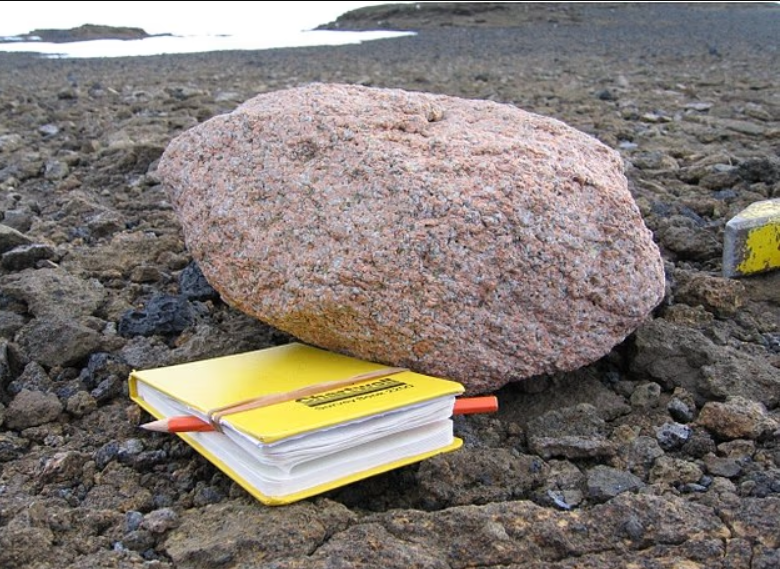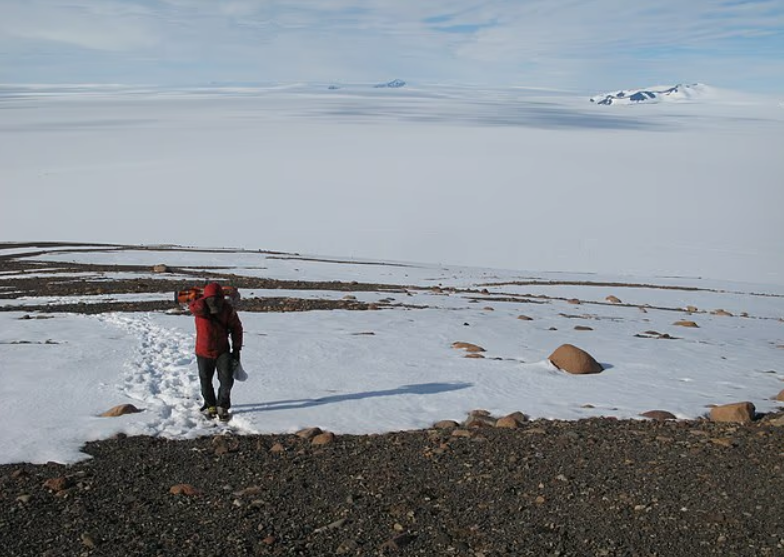Pink rocks on the surface reveal 175-million-year-old secret beneath the glacier

The massive rock mass lies beneath the Pine Island Glacier and, according to researchers, may have formed during the Jurassic period. However, the existence of this massive structure was only revealed by examining mysterious pink rock fragments found scattered across the continent's frozen volcanic peaks.
PINK ROCKS REVEALEDThese unusual pink granite boulders, found on high mountain peaks, have puzzled scientists for decades. New research has shown that these boulders are actually fragments of a massive granite mass, transported to the mountains by glacial action from deep below the surface.
"It's truly striking that pink granite boulders found on the surface have led us to this massive structure beneath the ice," said Dr. Tom Jordan, BAS geophysicist and lead author of the study. "We not only understand the origin of these boulders, but also how the ice sheet has flowed in the past and how it might change in the future."
The discovery of these granite fragments, first found on the summits of the Hudson Mountains, led scientists to question the rocks' source, as the pink rocks were completely different from the surrounding black basalts and had clearly been transported from elsewhere.
Radiometric dating of crystals within the rocks showed that these granites formed about 175 million years ago, making them about 75 million years older than most rocks in West Antarctica.
A GIANT MASS OF GRANITE WAS FOUNDUsing gravity measurements taken from aircraft over the region, researchers mapped rock densities below the surface. These measurements revealed a distinctive geological signal that points to a granite mass buried beneath Pine Island Glacier.
The research team believes that fragments from this massive mass, when the glaciers were much thicker in the past, were carried to the mountaintops by glacial movement. Interestingly, these pink rocks are only found in certain mountains, suggesting that the glacier operated in two distinct branches in the past.
"Glaciers and rocks provide incredible insights into how the Earth is changing. These types of rocks are a treasure trove that helps us understand what's happening deep beneath the ice," said Dr. Joanne Johnson, a BAS geologist and co-author of the study.
SÖZCÜ







